February 8, 2021 feature
The direct observation of the Pauli principle
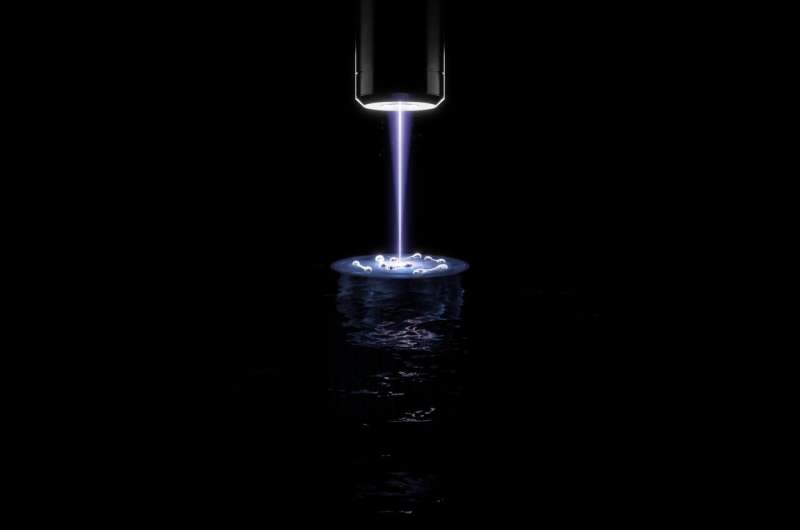
The Pauli exclusion principle is a law of quantum mechanics introduced by Austrian physicist Wolfgang Pauli, which offers valuable insight about the structure of matter. More specifically, the Pauli principle states that two or more identical fermions cannot simultaneously occupy the same quantum state inside a quantum system.
Researchers at Heidelberg University's Physics Institute have recently observed this principle directly in a continuous system comprised of up to six particles. Their experiment, outlined in a paper published in Physical Review Letters, could pave the way towards a better understanding of strongly interacting systems comprised of fermions.
"The vision to study complex many-body systems starting from small, well understood, building blocks has a long history in our group," Luca Bayha and Marvin Holten, two of the researchers who carried out the recent study, told Phys.org via email. "This started with experiments where we formed a fermi sea one atom at a time, culminating in one of our latest studies where we could observe signs of a quantum phase transition in systems of as few as six atoms."
In recent years, Bayha, Holten and their colleagues placed a lot of efforts into developing a new technique that allows them to image single atoms in mesoscopic systems, in order to examine them in more detail. In their recent study, they applied this technique to continuous systems of up to six non-interacting fermionic atoms for the first time.
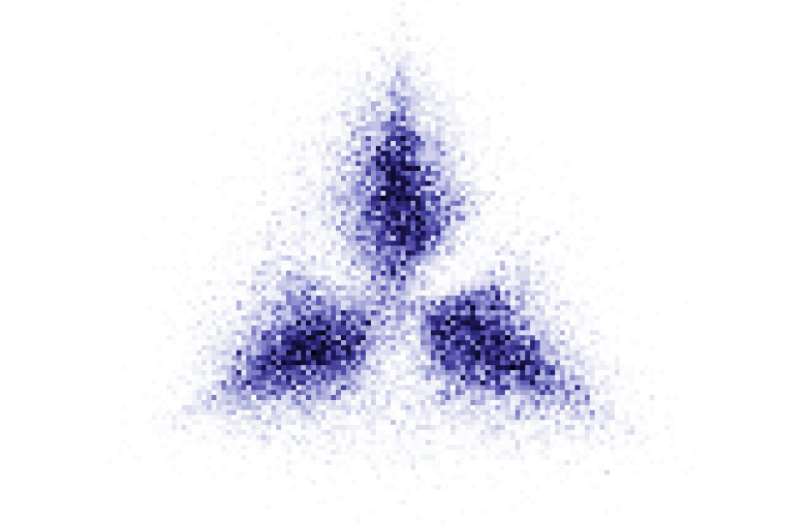
"The main objective of our study was to observe higher order correlations in a continuous system," Bayha and Holten said. "The non-interacting system acts an ideal starting point to benchmark our experiment."
In 2016, a research group led by Mariusz Gajda first proposed that higher order correlations could be visualized as 'Pauli crystals'. Pauli crystals are beautiful patterns that can emerge in a cloud of trapped and non-interacting fermions.
So far, Bayha, Holten and their colleagues observed these patterns in systems containing up to six particles. In the near future, however, they hope to carry out further experiments with more particles and strong interactions. This would allow them to further examine pairing and superfluidity in 2-D systems.
"The direct observation of Pauli's principle in continuous systems imposes rather challenging requirements on the experiment," Bayha and Holten explained. "The system has to be cold enough and controlled on very low absolute energy scales. Only then, the wave functions of the individual particles overlap and their fermionic nature becomes important."
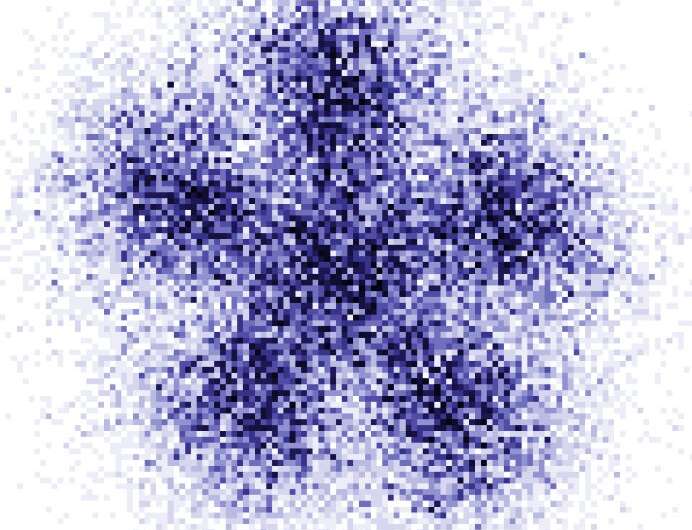
To ensure that they could directly observe the Pauli principle in continuous systems, the researchers perfected a cooling technique that they pioneered a few years ago. This technique enables the removal of all 'hot' atoms with higher energies from a system in a deterministic way. By removing these atoms, the researchers were able to prepare the system's ground (i.e., lowest energy) state with high levels of fidelity.
After they cooled down a system enough, Bayha, Holten and their colleagues needed to gather observations with a single atom resolution and high detection fidelity, to observe the Pauli principle. They achieved this by letting the cloud of atoms expand for a given time before taking an image.
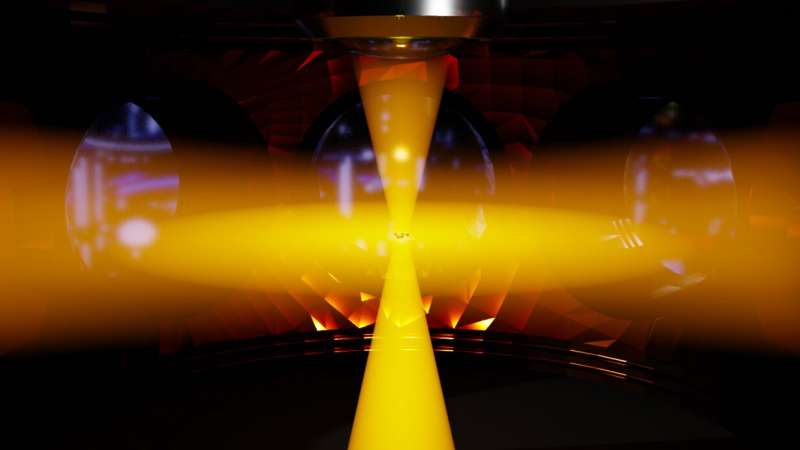
"The method we used effectively magnifies the system by a factor of 50," Bayha and Holten said. "We then illuminate the cloud with two opposite laser beams and collect scattered photons on an extremely sensitive camera that detects almost every single photon that hits the chip. Together these methods allow us to resolve single atoms with detection probabilities on the order of 99%."
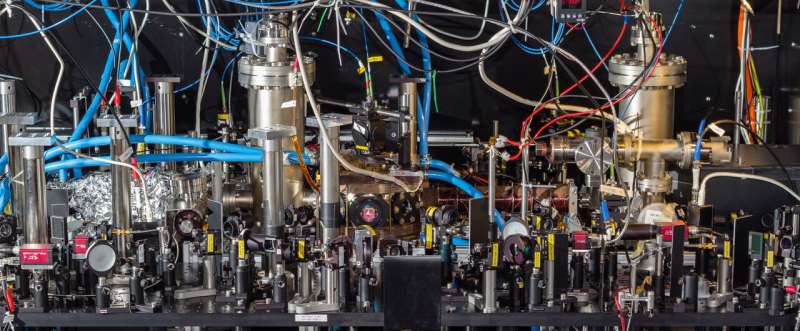
The observations gathered by this team of researchers demonstrate that the correlation between individual particles can also be observed in continuum systems, in which the wave functions of individual particles overlap. So far, the Bayha, Holten and their colleagues used the technique they developed to observe Pauli crystals, which are beautiful visualizations of the Pauli principle. However, the same technique could soon also be used to explore other strongly correlated many-body systems.
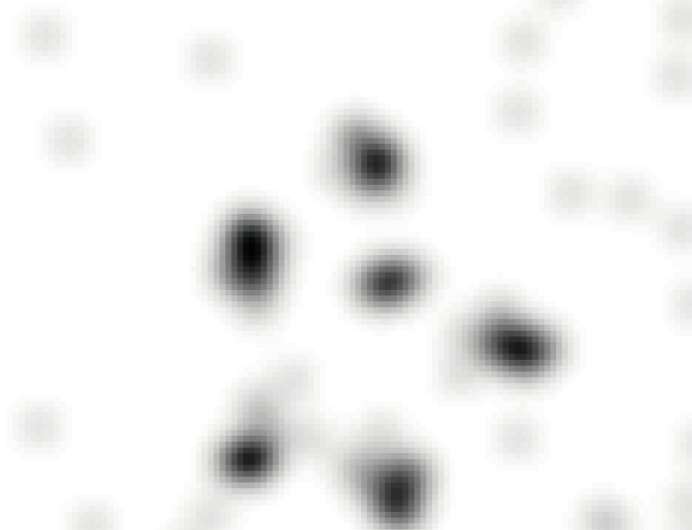
"We now plan to extend the imaging method to interacting systems," Holten and Bayha said. "Here, the correlations between the particles do not arise due to Pauli´s principle but are due to interactions. This will allow us to probe how correlations in interacting systems arise on a microscopic level and give new insights into strongly interacting fermionic matter and superfluids."
More information: Observation of Pauli crystals. Physical Review Letters(2021). DOI: 10.1103/PhysRevLett.126.020401.
Journal information: Physical Review Letters
© 2021 Science X Network




















